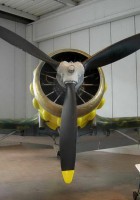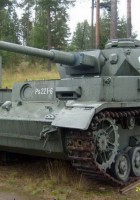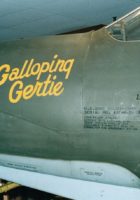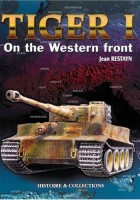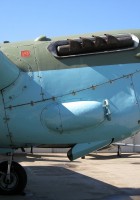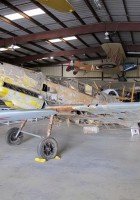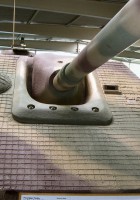
Jagdpanther – Sdkfz.173 | |
|---|---|
| Country | Germany |
| Type | Tank destroyer |
| In service | 1944–1945 |
| Built | 415 |
Photo gallery of a Jagdpanther, The Jagdpanther (German: “hunting panther”) was a tank destroyer built by Nazi Germany during World War II based on the chassis of the Panther tank. It entered service late in the war (1944) and saw service on the Eastern and Western fronts. The Jagdpanther combined the very powerful 8.8 cm PaK 43 cannon of the Tiger II and the characteristically excellent armor and suspension of the Panther chassis, although it suffered from the general poor state of Germany in the later part of the war, which resulted in small production numbers, shortage in spare parts and poor crew training.
Source: Jagdpanther sur Wikipedia
Views : 6093

